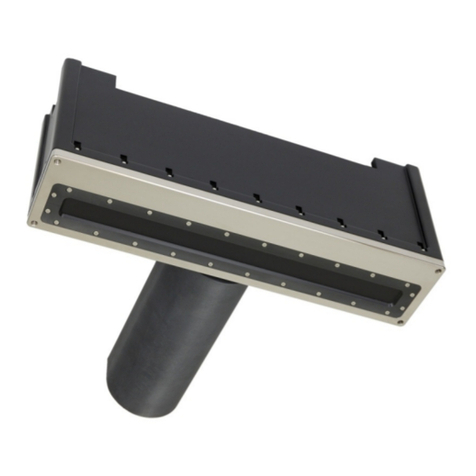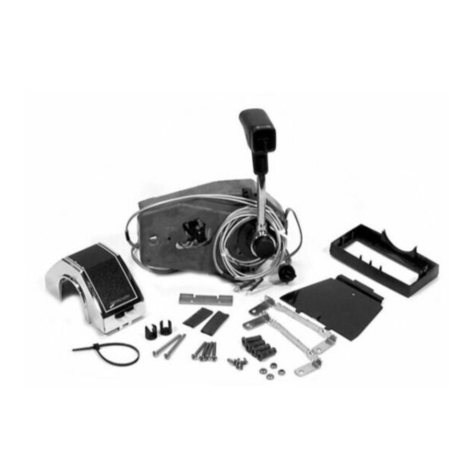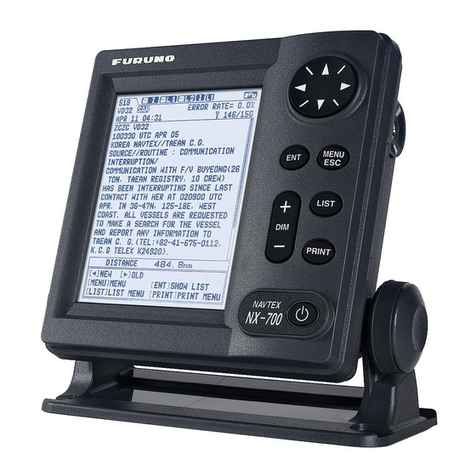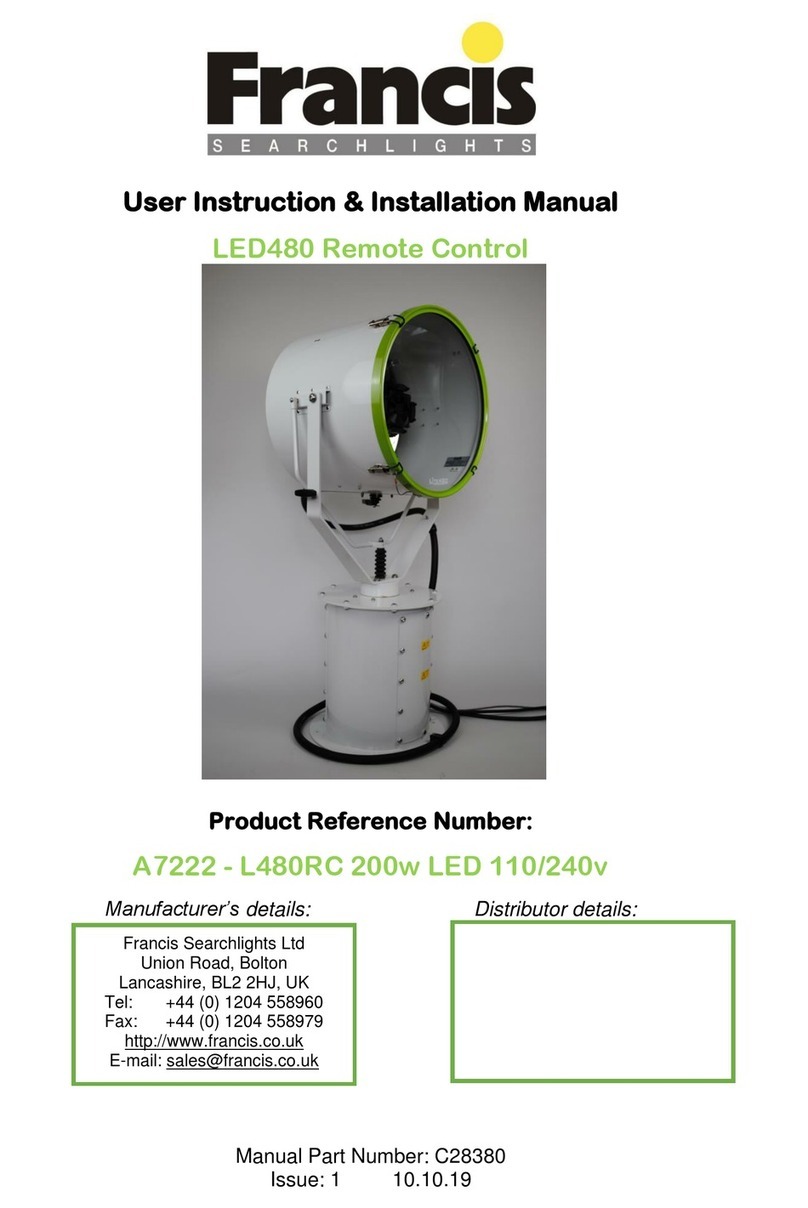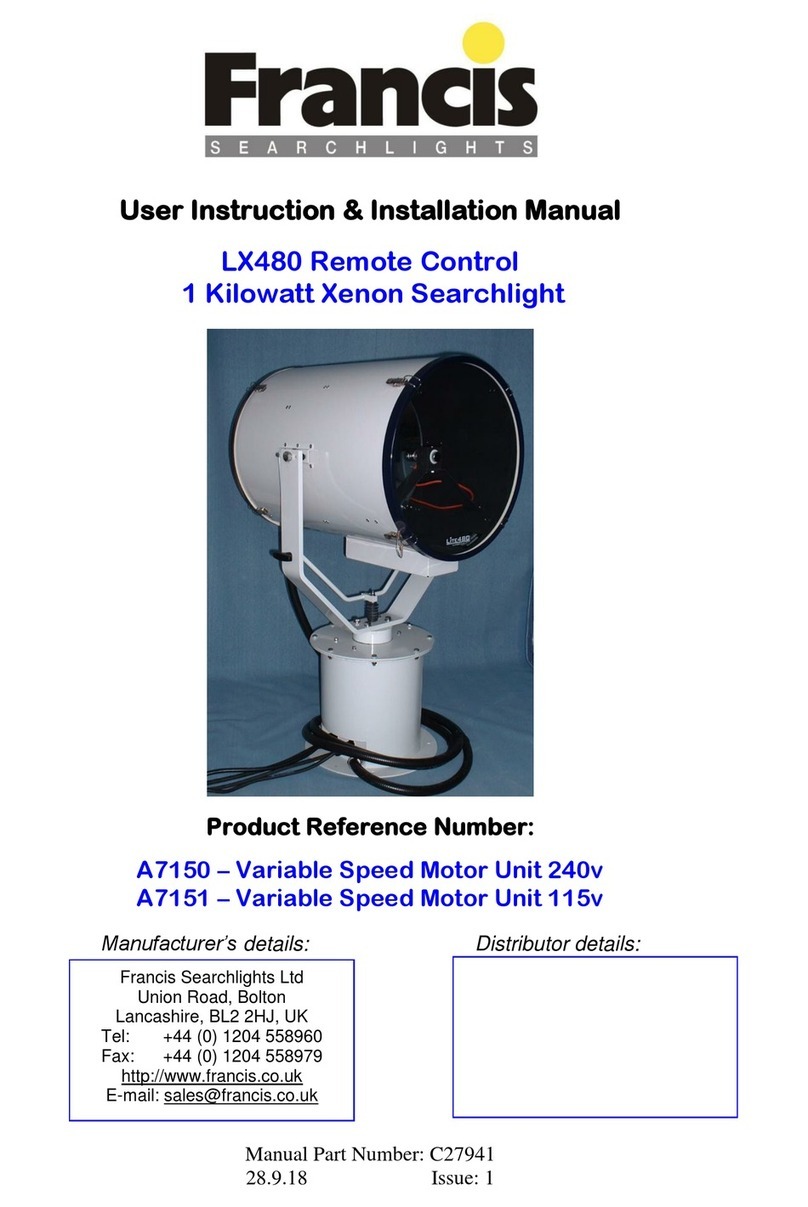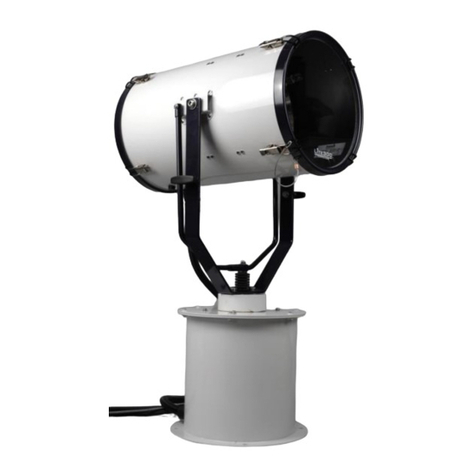
Setting to Work
Safe service in use necessitates the strict observance of the following precautions.
Any article fabricated from quartz or glass is inherently fragile and care should
therefore be taken, at all times, when handling lamps;
Eye protection must be worn when handling lamps that have been removed from their
packaging materials. The protective sleeve should not be removed from the lamp for
safety reasons, as there is a remote possibility of the lamp shattering violently,
especially if it is subjected to mechanical shock or vibration;
Ensure that the power rating of the lamp to be fitted is suitable for the lamphouse and
power supply equipment;
Always isolate the equipment from the supply before inserting a lamp;
Before inserting the lamp ensure that all contacts are clean. Contacts must be
renewed at the slightest sign of corrosion. Sanding or filing down corroded areas is not
recommended as this will only make the conducting surface between the pin and
lampholder smaller, thus causing the lamp to overheat;
Do not twist or bend the fused quartz bulb when fitting the lamp as mechanical
stresses MUST be avoided;
When inserting or removing a lamp, always hold it securely by its’ base in order to
prevent breakage between base and bulb;
The lampholder must not exercise mechanical tensions on the lamp, neither during
insertion or operation. Contacts must not discolour during use;
For safety reasons, the lamp should be replaced once it has reached its’ average life,
and not later than 1.25 times the stated life. With continuing use the risk of the lamp
exploding increases due to alterations within the quartz;
Before the protective sleeve is removed, suitable protection must be worn i.e face
mask and gloves with wrist protection;
Never touch the quartz bulb with bare hands, as fingerprints will make the glass cloudy
and cause a severe loss of light. This may also cause recrystallisation and thus
weaken the bulb material. Should the bulb be inadvertently touched, remove
fingerprints with methylated spirit and a clean, soft paper towel. The bulb should then
be wiped with distilled water. NOTE: ALWAYS WEAR MASK AND GLOVES DURING
CLEANING;
All packaging and the protective sleeve must be retained for re-use. Whenever
removing a lamp, the protective sleeve must always be used for safety reasons;
In all circumstances the lamp manufacturer’s data should be referred to when dealing with
lamps.
Back To Top



